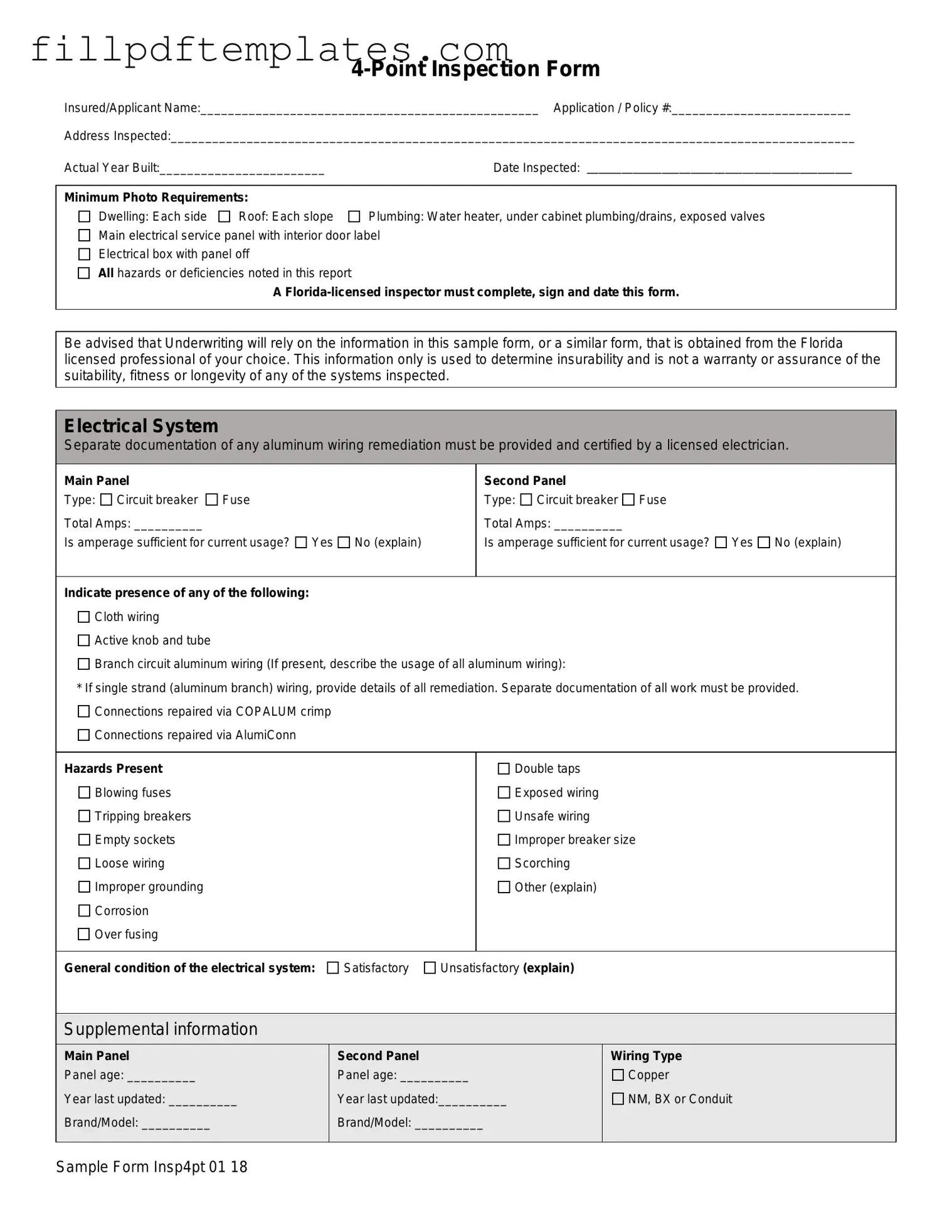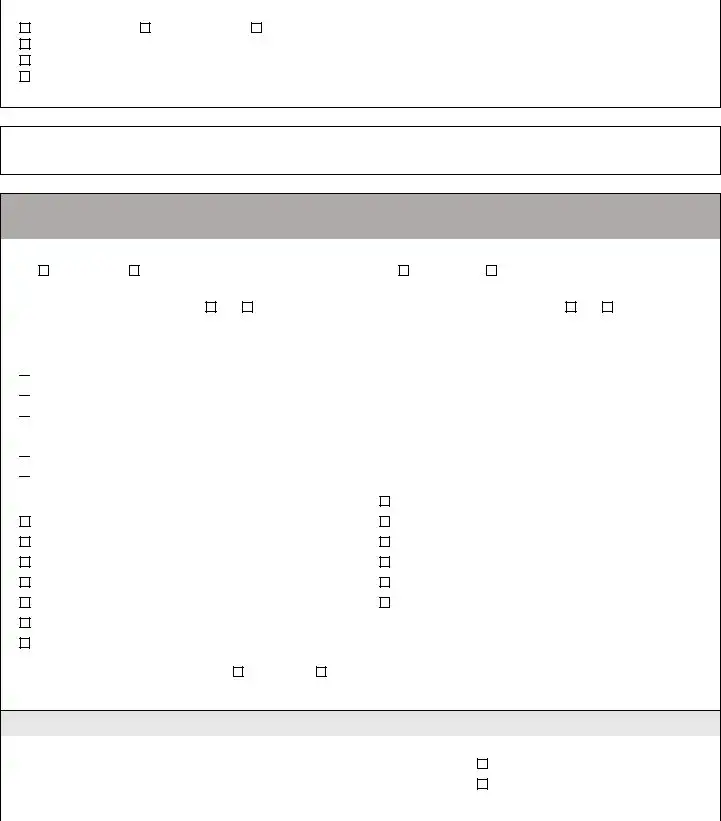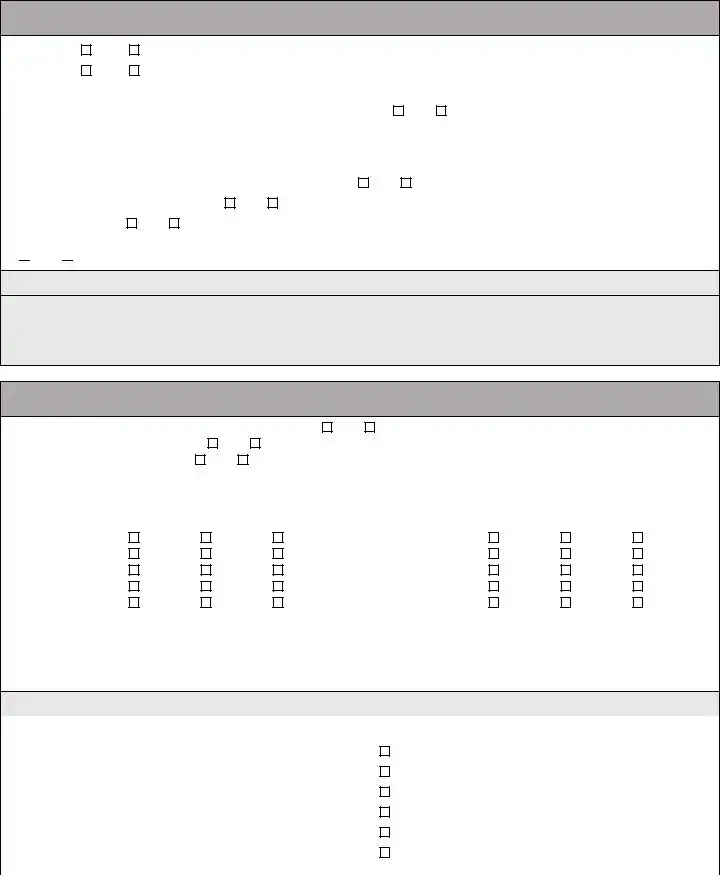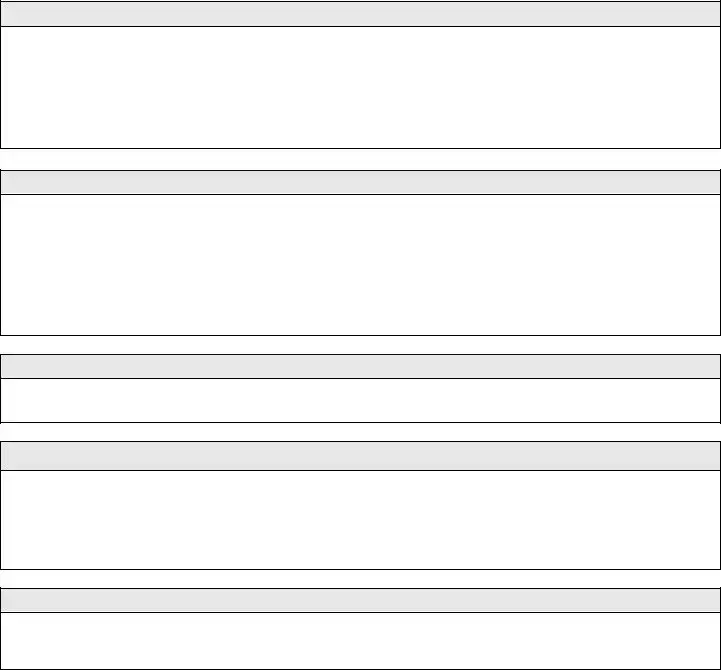4-Point Inspection Form
Special Instructions: This sample 4-Point Inspection Form includes the minimum data needed for Underwriting to properly evaluate a property application. While this specific form is not required, any other inspection report submitted for consideration must include at least this level of detail to be acceptable.
Photo Requirements
Photos must accompany each 4-Point Inspection Form. The minimum photo requirements include:
•Dwelling: Each side
•Roof: Each slope
•Plumbing: Water heater, under cabinet plumbing/drains, exposed valves
•Open main electrical panel and interior door
•Electrical box with the panel off
•All hazards or deficiencies
Inspector Requirements
To be accepted, all inspection forms must be completed, signed and dated by a verifiable Florida-licensed professional. Examples include:
•A general, residential, or building contractor
•A building code inspector
•A home inspector
Note: A trade-specific, licensed professional may sign off only on the inspection form section for their trade. (e.g., an electrician may sign off only on the electrical section of the form.)
Documenting the Condition of Each System
The Florida-licensed inspector is required to certify the condition of the roof, electrical, HVAC and plumbing systems. Acceptable Condition means that each system is working as intended and there are no visible hazards or deficiencies.
Additional Comments or Observations
This section of the 4-Point Inspection Form must be completed with full details/descriptions if any of the following are noted on the inspection:
•Updates: Identify the types of updates, dates completed and by whom
•Any visible hazards or deficiencies
•Any system determined not to be in good working order
Note to All Agents
The writing agent must review each 4-Point Inspection Form before it is submitted with an application for coverage. It is the agent’s responsibility to ensure that all rules and requirements are met before the application is bound. Agents may not submit applications for properties with electrical, heating or plumbing systems not in good working order or with existing hazards/deficiencies.



 Cloth wiring
Cloth wiring
 Active knob and tube
Active knob and tube
 Branch circuit aluminum wiring (If present, describe the usage of all aluminum wiring):
Branch circuit aluminum wiring (If present, describe the usage of all aluminum wiring):
 Connections repaired via COPALUM crimp
Connections repaired via COPALUM crimp 
 Connections repaired via AlumiConn
Connections repaired via AlumiConn

 Yes
Yes 
 No
No

 Full replacement
Full replacement 
 Partial replacement
Partial replacement
 Satisfactory
Satisfactory
 Cracking
Cracking
 Cupping/curling
Cupping/curling
 Excessive granule loss
Excessive granule loss
 Exposed asphalt
Exposed asphalt
 Exposed felt
Exposed felt
 Missing/loose/cracked tabs or tiles
Missing/loose/cracked tabs or tiles
 Soft spots in decking
Soft spots in decking 
 Visible hail damage
Visible hail damage


 Yes
Yes  No
No
 Yes
Yes 
 No
No
 Full replacement
Full replacement 
 Partial replacement
Partial replacement Satisfactory
Satisfactory Unsatisfactory
Unsatisfactory 
 Cracking
Cracking
 Cupping/curling
Cupping/curling
 Excessive granule loss
Excessive granule loss
 Exposed asphalt
Exposed asphalt
 Exposed felt
Exposed felt
 Missing/loose/cracked tabs or tiles
Missing/loose/cracked tabs or tiles
 Soft spots in decking
Soft spots in decking 
 Visible hail damage
Visible hail damage


 Yes
Yes  No
No
 Yes
Yes 
 No
No